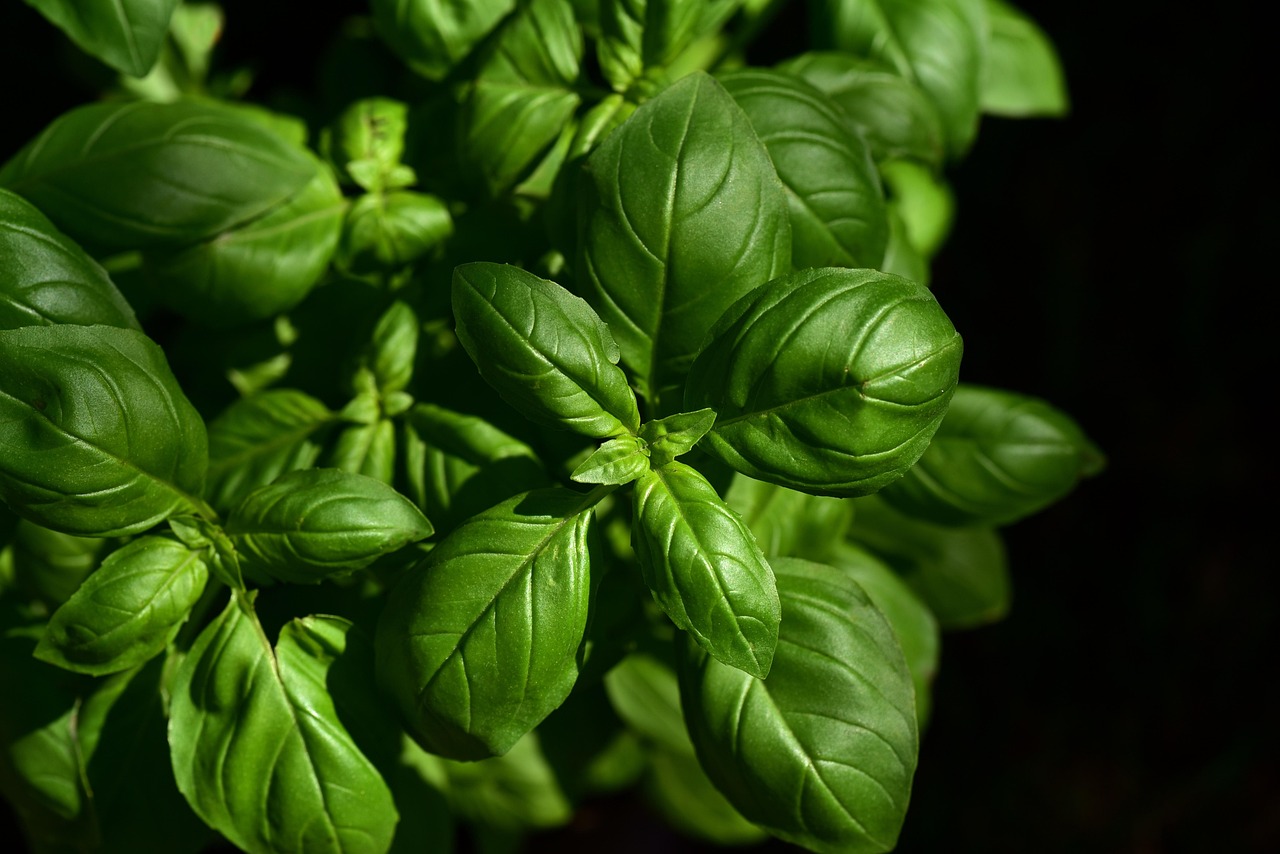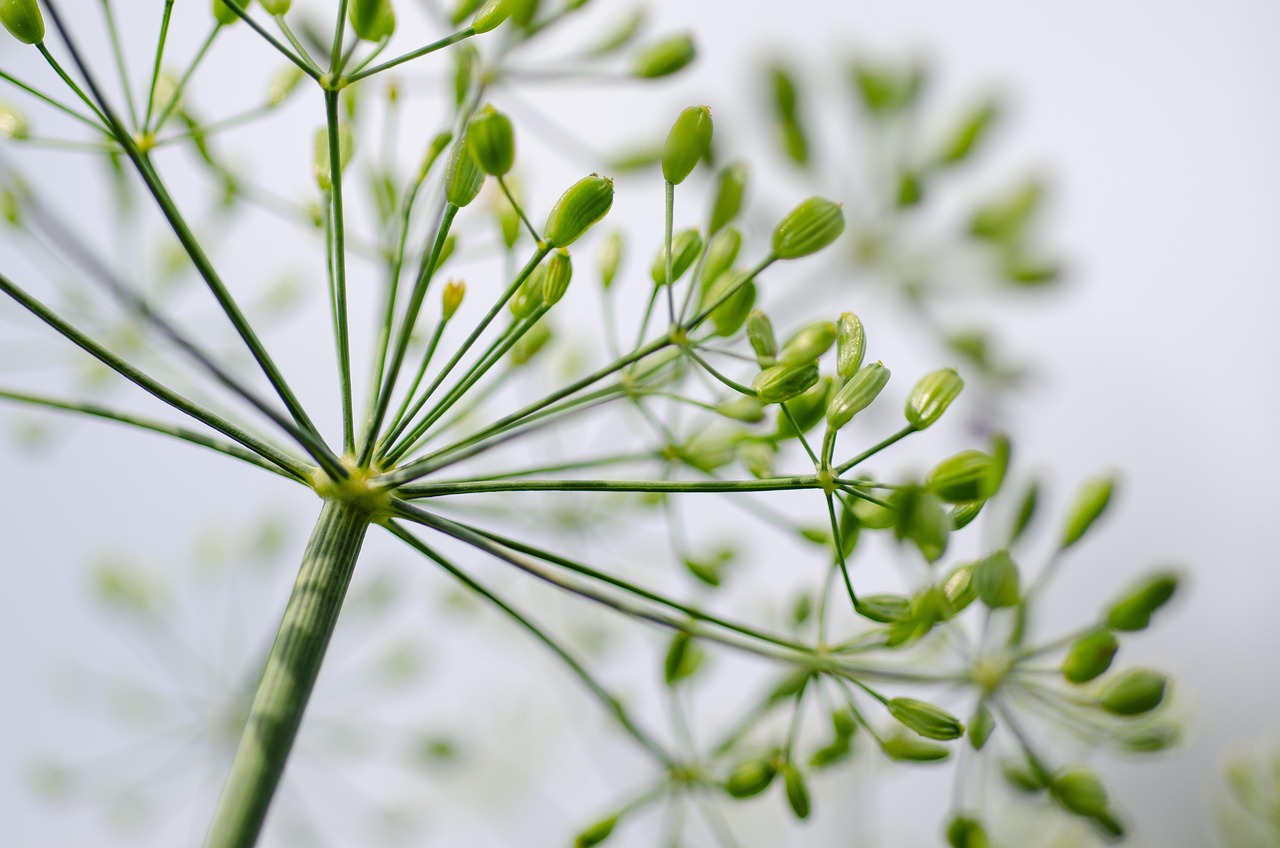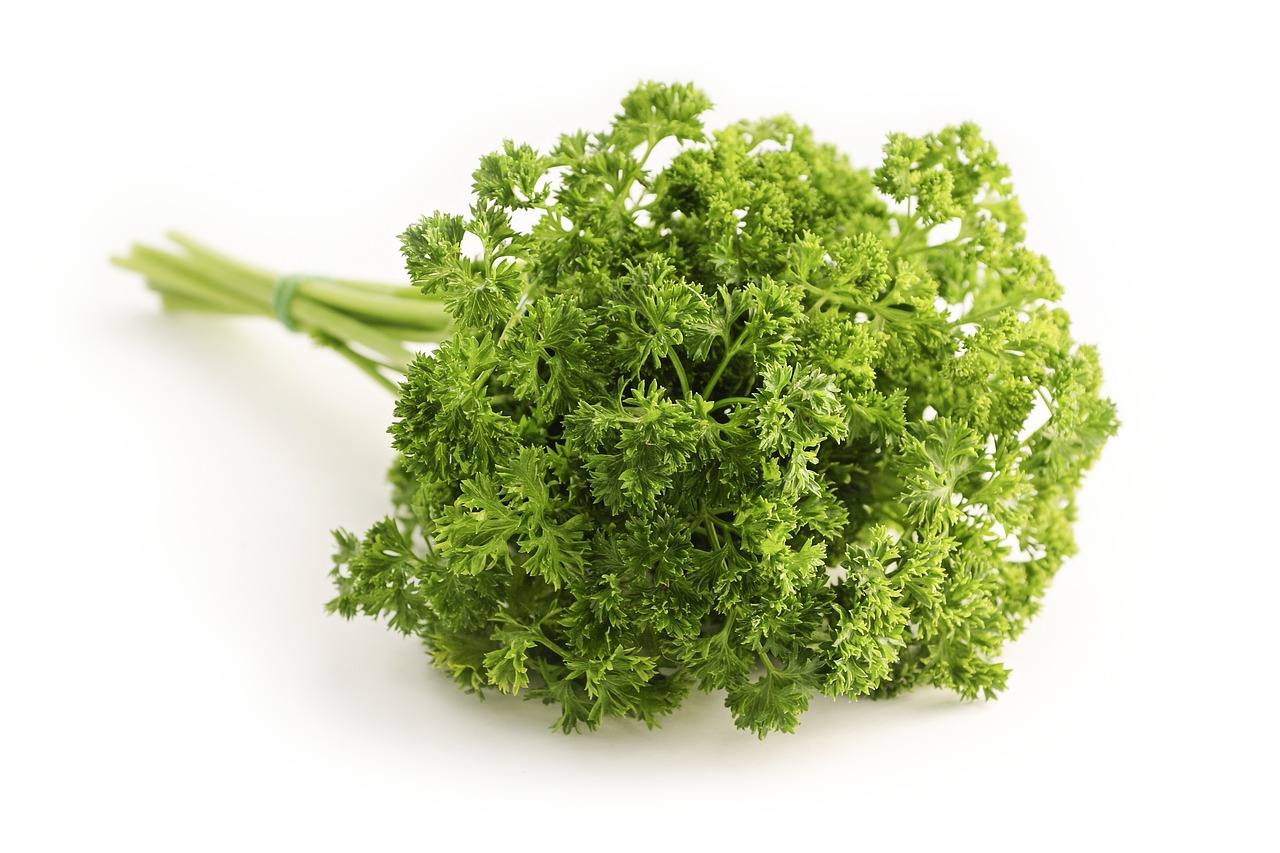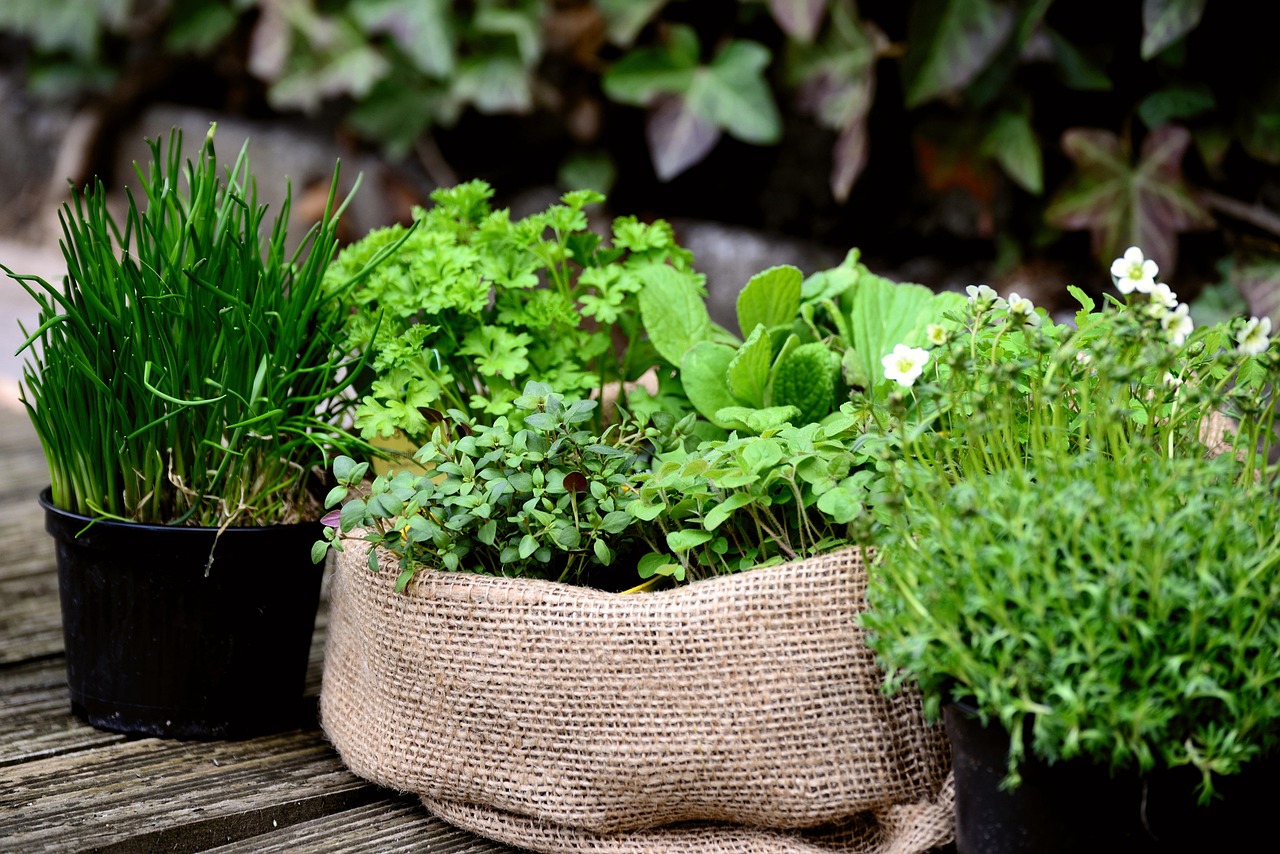To grow a productive culinary herb garden, choose herbs suited to your climate, ensure well-draining soil, provide adequate sunlight, and maintain consistent watering. Regularly harvest herbs to encourage new growth and prevent flowering. Additionally, consider companion planting to enhance growth and deter pests.
A culinary herb garden is a delightful addition to any home. It not only provides fresh flavors for cooking but also enhances the aesthetic appeal of your outdoor space. Herbs can be grown in various settings, including gardens, pots, or even indoors on a windowsill. The right approach can lead to bountiful harvests throughout the growing season.
Herbs are versatile plants that can thrive in a variety of conditions. They are generally hardy and can adapt to different types of soil. However, understanding their specific needs is crucial for successful growth. This section provides expert tips on how to establish and maintain a flourishing culinary herb garden.
Choosing the Right Herbs

The first step in creating a successful herb garden is selecting the right herbs for your culinary needs and local climate. Here are some popular culinary herbs that are easy to grow:
- Basil
- Parsley
- Cilantro
- Thyme
- Oregano
- Chives
- Mint
When choosing herbs, consider both your cooking preferences and the growing conditions in your area. Some herbs thrive in warm climates, while others prefer cooler temperatures. Additionally, certain herbs may require more sunlight than others. Researching each herb’s specific requirements will help you make informed decisions.
Soil Preparation
The quality of soil plays a significant role in the health of your herb garden. Most culinary herbs prefer well-draining soil that is rich in organic matter. Here are some tips for preparing your soil:
- Test the soil pH to ensure it is between 6.0 and 7.0.
- Add compost or well-rotted manure to improve nutrient content.
- Incorporate sand or perlite for better drainage if necessary.
Proper soil preparation not only supports healthy growth but also enhances the flavor of the herbs you grow. Investing time in preparing your soil will pay off with a more productive harvest.
Planting Techniques
Once your soil is ready, it is time to plant your herbs. Depending on the herb type, you can either sow seeds directly into the soil or plant seedlings. Here are some essential planting tips:
- Follow spacing guidelines for each herb to ensure adequate airflow.
- Plant seeds at a depth that aligns with their size; smaller seeds need less depth.
- Water gently after planting to avoid displacing seeds or seedlings.
Timing is also an important factor to consider when planting herbs. It’s best to plant after the last frost date in your area to prevent damage to young plants. For indoor gardens, you have the flexibility to plant at any time of year, provided you can offer sufficient light and warmth.
Sunlight Requirements
Most culinary herbs thrive in full sun, which means they require at least six hours of direct sunlight daily. However, some herbs can tolerate partial shade. Understanding the sunlight needs of each herb is crucial for their success:
| Herb | Sunlight Requirement |
|---|---|
| Basil | Full sun |
| Parsley | Partial shade to full sun |
| Cilantro | Partial shade |
| Thyme | Full sun |
By selecting appropriate locations based on sunlight requirements, you can maximize growth and flavor potential in your herb garden.
Nurturing a culinary herb garden involves understanding various factors such as climate, soil quality, and specific herb needs. By following these expert tips, you can create a harmonious growing environment that yields abundant and flavorful herbs for your kitchen.
Watering Your Herb Garden
Watering is a vital component of herb cultivation. While herbs require moisture to thrive, overwatering can lead to root rot and other issues. Understanding the watering needs of different herbs will help maintain their health and productivity. Here are some guidelines for effective watering:
- Water deeply but infrequently. This encourages roots to grow deeper into the soil.
- Check the top inch of soil; if it feels dry, it’s time to water.
- Early morning is the best time to water, allowing plants to absorb moisture before the heat of the day.
- Use mulch to retain soil moisture and reduce evaporation.
Each herb has its unique watering preferences. For instance, basil loves consistent moisture, while rosemary prefers drier conditions. Adjust your watering routine based on the specific needs of each herb variety.
Fertilizing Your Herbs
Providing your herbs with the right nutrients is essential for robust growth. Fertilization should be done cautiously, as excessive nutrients can lead to lush foliage but diminished flavor. Here are some tips for fertilizing your herb garden:
- Use organic fertilizers like compost, worm castings, or fish emulsion for a gentle nutrient boost.
- Apply fertilizer during the growing season, typically from spring to early fall.
- Follow the manufacturer’s instructions for any commercial fertilizers to avoid overfertilization.
Observing your herbs can also guide you in determining when to fertilize. If you notice slow growth or yellowing leaves, they may need additional nutrients.
Pest and Disease Management
Maintaining a healthy herb garden requires vigilance against pests and diseases. Common pests include aphids, spider mites, and whiteflies, while diseases may manifest as leaf spots or wilting. Here are some strategies to manage these challenges:
- Regular Inspection: Check your plants frequently for signs of pests or disease.
- Natural Remedies: Use insecticidal soap or neem oil as organic pest control methods.
- Companion Planting: Some herbs can repel pests when planted alongside vulnerable plants. For example, planting marigolds near basil can deter certain insects.
- Good Air Circulation: Ensure proper spacing between plants to reduce humidity and prevent fungal diseases.
By implementing these practices, you can create a more resilient herb garden that minimizes pest and disease issues.
Harvesting Your Herbs
Knowing when and how to harvest herbs is crucial for maximizing both yield and flavor. Each herb has its best harvesting practices, but here are some general tips:
- Harvest in the morning after the dew has dried but before the sun is too hot.
- Use clean, sharp scissors or garden shears to make clean cuts.
- For leafy herbs like basil and parsley, cut above a leaf node to encourage new growth.
- Avoid harvesting more than one-third of the plant at a time to allow it to recover.
Regular harvesting not only provides fresh herbs for your kitchen but also promotes bushier growth. If you allow herbs to flower, they may become woody and less flavorful. Therefore, keep an eye on flowering and prune accordingly if you want to maintain optimal flavor.
Storing Fresh Herbs

After harvesting, proper storage of fresh herbs is essential to preserve their flavor and freshness. Here are some effective methods for storing herbs:
- Refrigeration: Wrap fresh herbs in a damp paper towel and place them in a plastic bag in the refrigerator.
- Freezing: Chop herbs and mix them with olive oil in ice cube trays to freeze. This method allows for easy use in cooking later on.
- Drying: Hang herbs upside down in a cool, dark place to dry them for long-term storage.
By utilizing these storage techniques, you can enjoy your culinary herbs long after the growing season has ended.

Culinary Uses for Fresh Herbs
Fresh herbs can elevate your cooking by adding depth and flavor to various dishes. Here are some popular ways to use culinary herbs:
- Add chopped basil to pasta dishes or salads for a burst of flavor.
- Incorporate cilantro into salsas and sauces for freshness.
- Use thyme in roasted meats and vegetables for an earthy aroma.
- Add fresh parsley as a garnish to enhance presentation and flavor.
The versatility of culinary herbs allows them to be used in countless recipes, making them indispensable in any kitchen.
Herb Garden Design and Layout
Designing your herb garden can be as enjoyable as growing the herbs themselves. A well-planned layout not only maximizes space but also enhances accessibility and aesthetics. Here are some considerations for designing your herb garden:
- Garden Size: Determine how much space you have for your herb garden. This could be a dedicated garden bed, containers on a patio, or a windowsill indoors.
- Accessibility: Place frequently used herbs near your kitchen for easy access. Consider pathways or stepping stones to navigate larger gardens.
- Sunlight Exposure: Position herbs based on their sunlight needs. Group full-sun herbs together and place shade-tolerant herbs in areas with less sunlight.
Additionally, consider incorporating vertical gardening techniques, such as wall planters or trellises, to save space while adding visual interest.
Companion Planting with Herbs
Companion planting is a gardening strategy that involves growing different plants together for mutual benefits. Certain herbs can enhance the growth of neighboring plants or repel pests. Here are some effective herb companions:
- Basil: Pairs well with tomatoes, enhancing their flavor and helping to deter pests.
- Chives: Can repel aphids and improve the growth of carrots and tomatoes.
- Cilantro: Attracts beneficial insects like ladybugs, which help control pests.
- Mint: Excellent for deterring certain pests, but should be planted in containers to prevent aggressive spreading.
Implementing companion planting can lead to healthier plants and a more productive garden overall. Research various companion combinations to find what works best for your specific garden scenario.
Seasonal Considerations for Herb Gardening

Understanding seasonal changes is crucial for successful herb gardening. Different herbs have varying growth cycles and seasonal preferences. Here are seasonal tips to keep in mind:
Spring
Spring is the ideal time to start planting most culinary herbs. Soil temperatures begin to rise, making it suitable for sowing seeds or transplanting seedlings. Consider the following:
- Start seeds indoors for herbs like basil and cilantro if you have a shorter growing season.
- Transplant seedlings outdoors after the last frost date in your area.
Summer
Summer is the peak growing season for many herbs. However, maintaining proper care is vital:
- Monitor watering closely, especially during hot weather.
- Regularly harvest herbs to encourage bushier growth and prevent flowering.
Fall
As temperatures cool down, many herbs begin to slow their growth. Some perennials can be harvested until the first frost, while annuals may need to be harvested fully:
- Consider bringing potted herbs indoors before the frost hits.
- Harvest as much as possible from annual herbs before they die back.
Winter
In winter, herb options become limited, but with the right strategies, you can still enjoy fresh flavors:
- If indoors, ensure herbs receive adequate light from windows or grow lights.
- Consider planting hardy herbs like sage and thyme, which can survive mild winters outdoors.
Herb Garden Maintenance
Ongoing maintenance is essential for keeping your herb garden healthy and productive. Regular attention ensures that your plants remain vibrant and fruitful. Here are key maintenance tasks:
- Weeding: Regularly remove weeds that compete for nutrients and water. This is best done after rain or watering when the soil is soft.
- Pest Control: Maintain vigilance against pests. Use organic methods as needed to keep plants healthy.
- Pruning: Trim back any dead or yellowing leaves to encourage new growth and improve airflow around the plants.
By committing to these maintenance tasks, you will foster a thriving herb garden that continues to provide flavorful additions to your meals throughout the growing season.
Using Herbs in Cooking
Utilizing fresh herbs in your culinary creations can greatly enhance the taste and presentation of your dishes. Beyond their aromatic qualities, herbs offer various health benefits due to their rich antioxidant properties. Here are some ways to incorporate fresh herbs into your cooking:
- Infusions: Create herb-infused oils or vinegars by steeping fresh herbs in olive oil or vinegar. This adds depth to salad dressings and marinades.
- Garnishes: Use fresh herbs as garnishes to elevate the visual appeal of your dishes. A sprinkle of chopped parsley or basil can brighten up a plate.
- Flavor Boosters: Add herbs at different stages of cooking. For example, add sturdy herbs like rosemary at the beginning of cooking and delicate herbs like cilantro just before serving to preserve their flavor.
- Herb Pastes: Blend herbs with garlic, nuts, and oil to create flavorful pastes for spreading on bread or adding to sauces.
Experimenting with different herbs can lead to delightful new flavors in your cooking. The versatility of culinary herbs makes them suitable for a wide range of cuisines, from Mediterranean to Asian dishes.
Herb Gardening Resources
To ensure ongoing success in your herb gardening endeavors, consider utilizing various resources available for herb gardening enthusiasts:
- Books: Many gardening books focus specifically on herbs, offering in-depth knowledge about varieties, growing techniques, and cooking uses.
- Online Communities: Join online forums and social media groups dedicated to herb gardening. Engaging with other gardeners can provide valuable tips and support.
- Workshops and Classes: Look for local workshops or classes offered by botanical gardens or community colleges. These can provide hands-on experience and expert guidance.
- Gardening Apps: Utilize mobile applications that provide plant care reminders, pest identification tools, and other useful information for maintaining your herb garden.
By tapping into these resources, you can deepen your understanding of herb gardening and enhance your skills further.
Final Thoughts
Cultivating a culinary herb garden is a rewarding endeavor that enriches both your cooking and your outdoor space. By following the expert tips outlined in this article, you can create a thriving herb garden that yields fresh ingredients throughout the growing season. From selecting the right herbs and preparing the soil to maintaining proper care and utilizing your herbs in the kitchen, each aspect contributes to a successful gardening experience.
The joy of harvesting fresh herbs and using them in your culinary creations cannot be overstated. With patience and a little effort, you can transform your cooking while enjoying the beauty of nature right at your doorstep. Embrace the art of herb gardening, experiment with flavors, and relish in the satisfaction of growing your own culinary treasures.
No matter the size of your garden or your level of experience, there is always room to grow and learn in the world of herb gardening. So gather your seeds, prepare your soil, and embark on this enriching journey towards flavorful and vibrant dishes.
